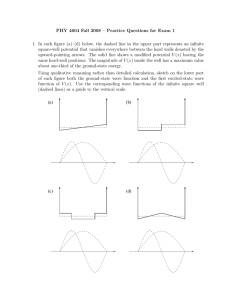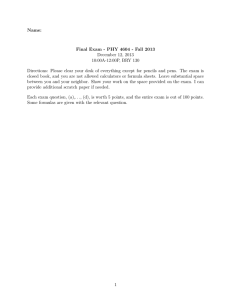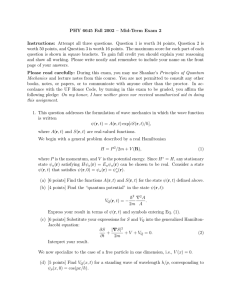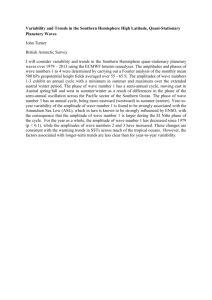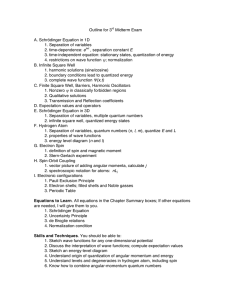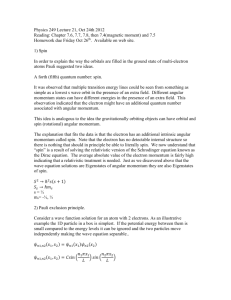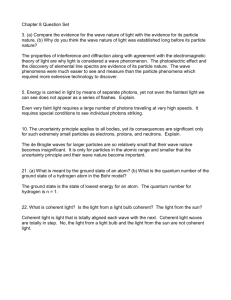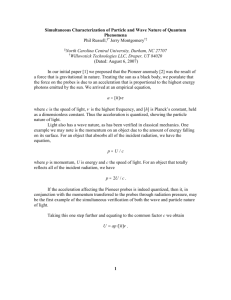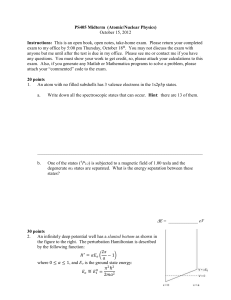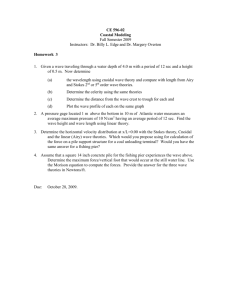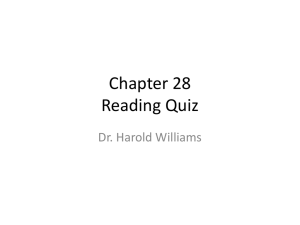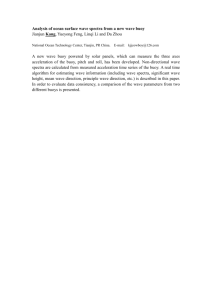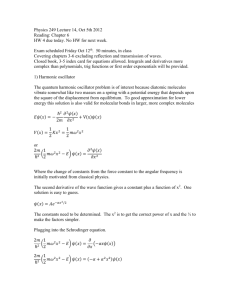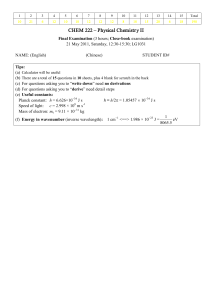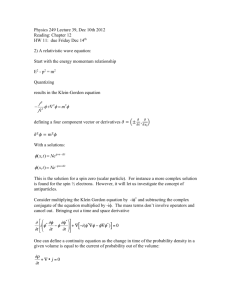322ii01
advertisement
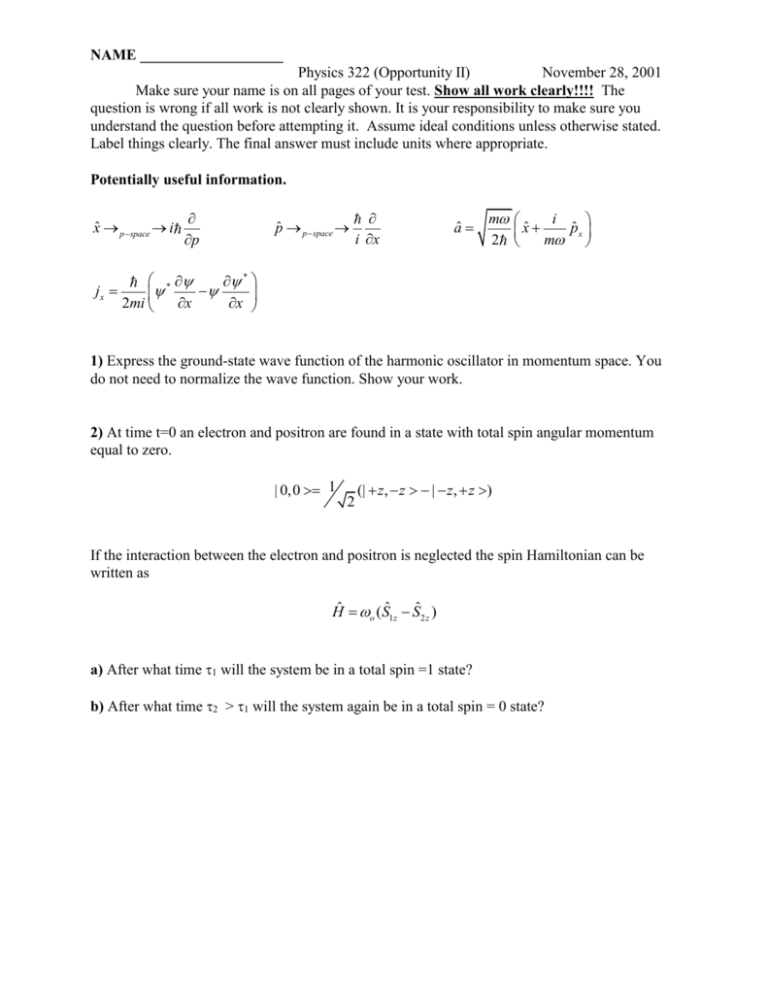
NAME ___________________ Physics 322 (Opportunity II) November 28, 2001 Make sure your name is on all pages of your test. Show all work clearly!!!! The question is wrong if all work is not clearly shown. It is your responsibility to make sure you understand the question before attempting it. Assume ideal conditions unless otherwise stated. Label things clearly. The final answer must include units where appropriate. Potentially useful information. xˆ p space i p pˆ p space i x aˆ m 2 i pˆ x xˆ m * * jx 2mi x x 1) Express the ground-state wave function of the harmonic oscillator in momentum space. You do not need to normalize the wave function. Show your work. 2) At time t=0 an electron and positron are found in a state with total spin angular momentum equal to zero. | 0, 0 1 2 (| z, z | z, z ) If the interaction between the electron and positron is neglected the spin Hamiltonian can be written as Hˆ o (Sˆ1z Sˆ2 z ) a) After what time 1 will the system be in a total spin =1 state? b) After what time 2 > 1 will the system again be in a total spin = 0 state? 3) Consider the following potential V V ( x) 0 0 x 0 x 0 Now consider a particle of mass m and energy E greater than Vo, which initially approaches from the left (xo = -). a) Write a general expression that describes the wave function in the region to the left of the origin. Of course, the full time dependent wave function is given by ψE (x,t) = ψ(x)e -iEt/h. You can simply write the spatial portion ψ(x) of the wave function. Be sure to consider all possibilities. Define all symbols that you introduce. b) Write a general expression, which describes the wave function in the region to the right of the x origin. Again, you can simply write the spatial portion ψ(x) of the wave function. Be sure to disallow the possibility of the particle initially coming from the right, which contradicts our original assumption. Define all symbols that you introduce. c) Apply the proper boundary conditions to arrive at a set of equations relating the arbitrary amplitudes you defined in parts a and b. You do not have to solve the set of equations. d) Calculate the reflection probability R. Again, you may leave your answer in terms of the arbitrary amplitudes if you like. Show work. e) Calculate the transmission probability T. You can leave your answer in terms of the arbitrary amplitudes if you like. Show work.

